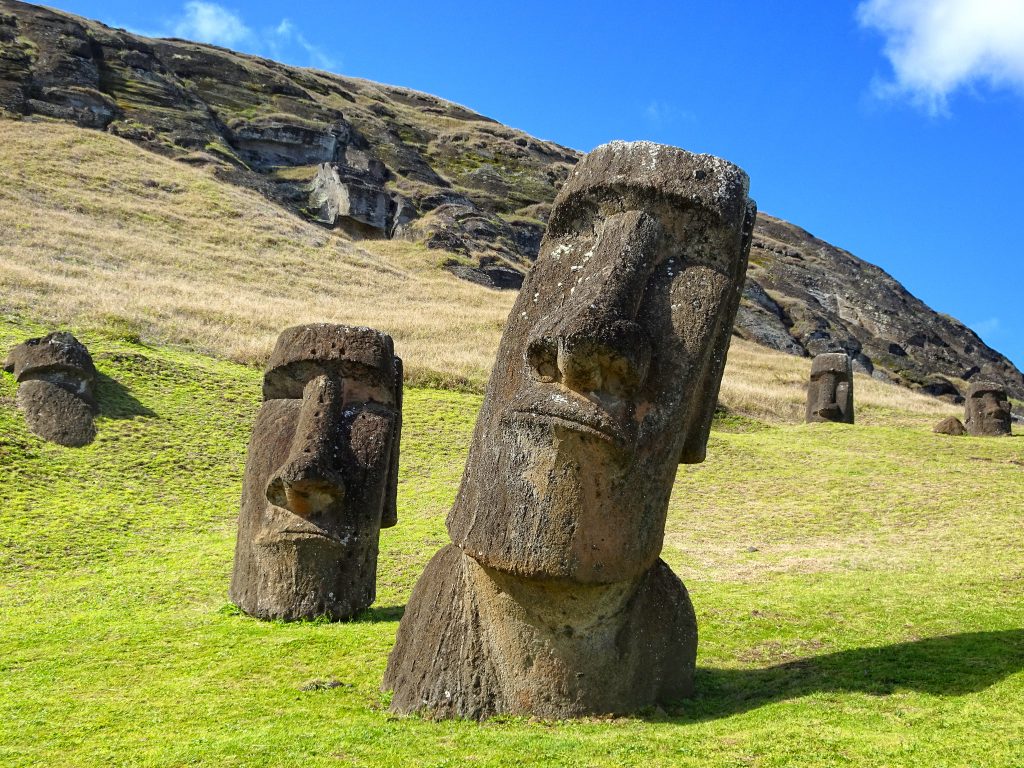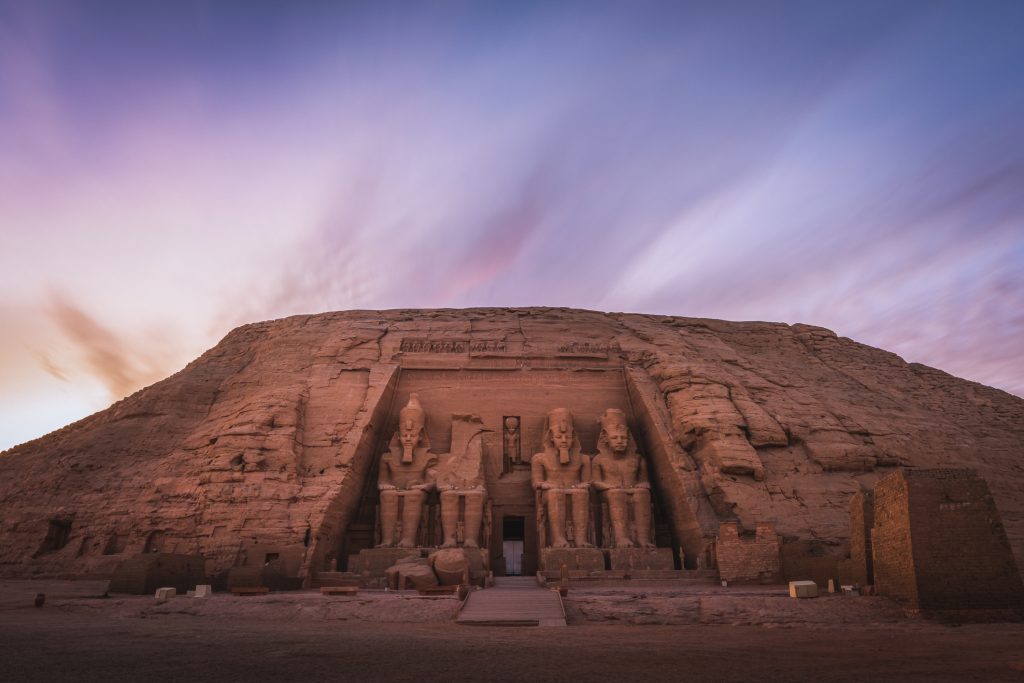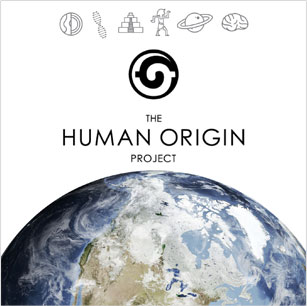When you think of stone circles, does your mind flash to the standing stones of Stonehenge?
Everything about Stonehenge sends the mind to wander.
Who built it? How on earth did they do it? The answers still elude explanation. However, evidence surrounding the dating, engineering, and astronomy of ancient standing stone sites are now allowing us to understand these sites better.
What do standing stones really tell us of our human origins?
This article explores 14 points you may not have known about the mystery and origin of ancient stone circles.
1) A global, unexplained trend
Zooming out from Stonehenge reveals that standing stones are found all over the world. Ancient sites dated deep into human prehistory are located on all around the world!
While sharing common themes, these standing stones all have individual traits. Some are so small you would hardly recognize them; others are so large they had villages built within them.
They generally date to Neolithic and prehistoric periods. The oldest stone circle discovered is an incredible 12,000 years old, 5000 years older than the first signs of written language.
The Bible makes mention of stone circles 39 times.
There is no explanation as to who built many of these surviving standing stone circles. What they provide is evidence that our ancestors had masonry skills to cut, move, and assemble in ways that are difficult to explain.
2) The oldest standing stones are ancient.
Located in modern-day Turkey is the oldest stone circle site. Dating to at least 12,000 years old, Gobekli Tepe is the oldest recorded standing stones site. It’s so old that it dates to the boundary of when humans were thought to be hunter-gatherers.
Located on the Turkey-Syrian border, they are found where humans transitioned into farming and settled living. The standing stones are carved into huge T-shaped pillars. How these people created such large T-shaped standing stones is a complete mystery. To make things even more mysterious, the total area of the site equates to roughly 12 football fields.
The complexity and sheer size of Gobekli Tepe only unravels more mystery about the purpose of standing stones. The site is nearly 50 times larger than Stonehenge and is a complete archaeological mystery.
3) Engineering beyond the Stone Age?
Working with stone can easily be regarded as primitive. However, the more we learn about it, the less accurate that idea becomes.
The reasons why stone was so important to build with is still to be understood. Making matters more complex is the accuracy, skill, and workmanship that ancient humans used to place and position these formations.
Stonehenge, as an example, is a multi-tonne arrangement of stones. The sheer size is hard to explain in itself. However, the stones needed to be transported from 160 miles away in Wales. They are then arranged to millimeter perfect alignment and precision.
The level of human capabilities to build these stone circles show that prehistoric cultures could have been more advanced than previously thought.
4) Stonehenge is not the largest standing stones sites in the UK
While Stonehenge is the most famous, it’s not the largest.
The Salisbury Plain is a chalk plateau in the southwestern part of central southern England. It covers 300 square miles and is home to other standing stone sites.
A lesser-known and larger stone circle stands in nearby Avebury. It is one of the largest stone circles found on earth. The entire layout is so huge that it now has a road and several houses built inside it.
Only a portion of the original stones are still standing. When completed, it would have been an incredible sight some 5200 years ago.
Many of the remaining stones within the complex have acoustic properties. Curiously, echo’s, large claps, and high-pitched tones can be achieved by creating sound waves directed at the stones. These strange acoustic properties have also been documented at many other sites across England and the world.
5) There was a Neolithic UK Standing Stones culture
Across the United Kingdom stands thousands of stone circle sites. They are evidence of an unidentified culture of early human habitation of the area.
The standing stone site in far north Scotland, on the island of Callanish, bears a resemblance to the Celtic cross. It is made up of a central stone circle with a diameter of around 130 feet, with avenues of stone stretching away from this circle.
The entire monument measures 400 feet east to west, and 150 feet north to south. The purpose of these aspects of design is unexplained. However, the Celts adopted the same symbol for their culture which didn’t arise for about another 3000 years.
Other standing stones in the UK include:
- Arbor Low – Derbyshire
- Rollright Stones – Oxfordshire
- Long Meg & Her Daughters – Cumbria.
- Castlerigg – Cumbria
- Stanton Drew – Somerset
- Ring of Brodgar, Orkney
- Beaghmore Stone Circle
6) The ancient astronomy of standing stones
One property of standing stones sites is the astronomical measurements built into them. Recording the cosmos is perhaps best known at Stonehenge.
The alignments to the summer and winter solstices, as well as the ability to predict eclipses, seems to be one of the most important purposes of the site. The accuracy and precision of these alignments are perplexing.
From the oldest at Gobekli Tepe to those built on remote islands, stone circles were astronomical observatories. Some are so large and sophisticated it’s difficult to explain how advanced ancient astronomy really was.
Today, you can still witness how these sites measure the heavens. For example, the summer solstice at Stonehenge sees thousands of visitors gather each year to witness it first-hand.
7) The standing stones in the Middle East
Closer to the earliest stone circle, Gobekli Tepe, are some stunning ancient sites. The Middle East is considered to be the birth of modern civilization and is home to a vast number of impressive astronomical standing stones.
Karahunge is a site in Armenia consisting of 223 individual stones of which only 37 are still standing. Some of these weigh up to 10 tonnes and around a third have circular holes drilled out of them.
It is thought that these holes were used in ancient times as astronomical tools, allowing for the tracking and understanding of the movements of the heavens. Many of these stones have been found to align to solstices and equinoxes, as well as lunar extremes.
8) The South American Standing Stones
In Brazil, there is a 100-foot-wide ‘Stonehenge of The Amazon’ made up of 127 standing stones. Laid out around a hilltop, they create the appearance of a crown. In winter, there are prominent alignments to the solstice sunrise, which is thought to be one of the main functions of the site.
Sillustani, Peru, houses six stone circles all in close proximity to each other. These all have alignments to specific astronomical markers. Standard dating suggests they were placed between 100AD and 1600AD by a pre-Incan culture known as the Kolla.
9) Ancient and modern standing stones in India
India is home to hundreds of known sites dating from thousands of years ago all the way up to modern times. Telangana, located in south India is home to an enormous 7000-year-old circle.
Yet, in the Dekkan region, there is a known site that wasn’t constructed until the 1800’s. This is evidence that a standing stone culture that managed to survive into modern day.
10) Standing stone sites in the USA
In Massachusetts, America, the site of Burnt Hill is a mysterious and ancient circle. The site cannot be placed to any known cultures to have lived in North America.
It could be one last remaining sites of an ancient North American era of stone circle construction.
11) The Standing Stones of Japan
Between 2400bc and 1000bc Japan was undergoing a prolific phase of stone circle construction.
There are 30 rings that have been found in the countries north all dating to this prehistoric period.
12) The Australian standing stones
Thought to be as old as 11,000 years, a standing stones site 165 foot in diameter has been found in Victoria, Australia. It
is made up of over 100 basalt boulders and has observational alignments to solstices and equinoxes.
13) The magnetic properties of stone circles
A possible purpose of standing stone sites is the use of their magnetic properties. When stones form naturally, they have a magnetic signature that will always point in the same direction. Similar to that of a compass, these stones have a magnetic alignment to a specific point on the planet.
For example, certain stone circles may be aligned with the magnetic qualities of the stones. In some cases, as the stones are laid out, they each point magnetically to the next stone in the circle. It may have been a way of directing of electromagnetic energy.
Research into the magnetic qualities of different stone circles could reveal that ancestors understood and manipulated these properties of the stone.
14) Alignments, and geographical arrangements.
Similar to harnessing local electromagnetic energy, it has been suggested that larger patterns are present in standing stone sites.
Across England, it’s suggested that stone circle sites follow straight paths that spanned across the countryside.
Many circles, especially across Southern England, may have been built in a straight line. If this is the case, these circles are separated by hundreds of miles.
Some have suggested the links between sites, which could have been a blueprint that the ancients understood and built by.
Conclusion
Recent research is revealing that standing stones hold a key to our human origin story.
There is a rich history of stone circle construction found all over the world. What drove our ancestors to this form of temple and how did it spread across the entire planet?
The secrets held by these immense structures, stone circle architecture and the knowledge of our ancestors and their lives are a mystery.
What was once a completely normal and essential part of human life is not understood from our modern frame of reference.
Now it’s up to. Why do you think our ancestors used standing stones?
Leave your answers in the comment section below.


 Standing stones are an ancient human ritual that is only recently beginning to be understood.
Standing stones are an ancient human ritual that is only recently beginning to be understood.
























